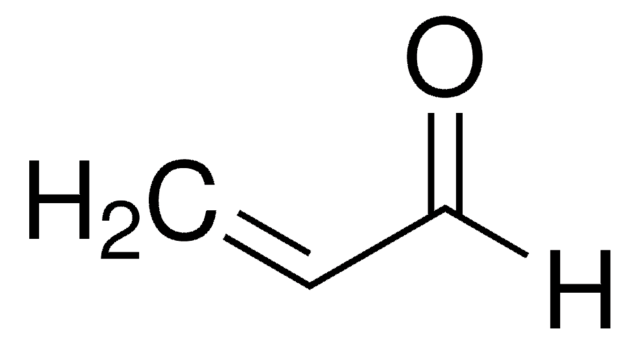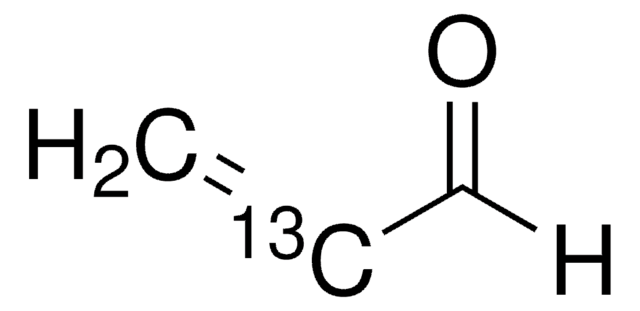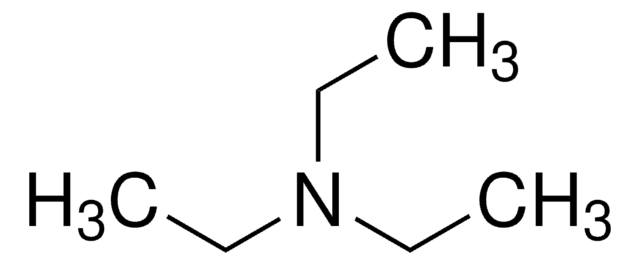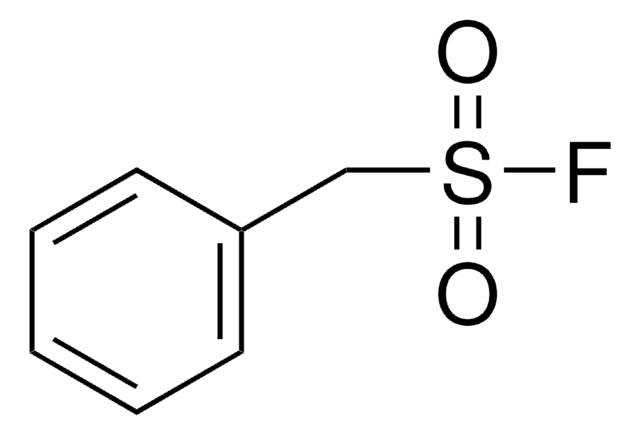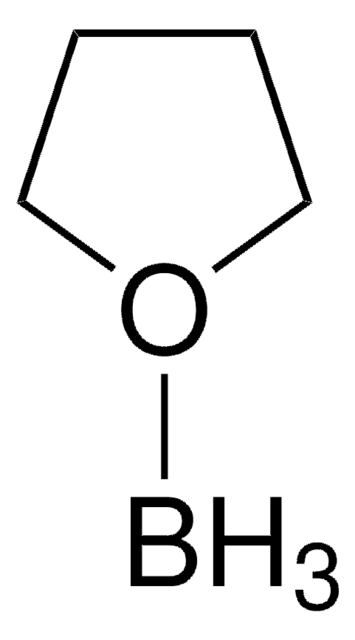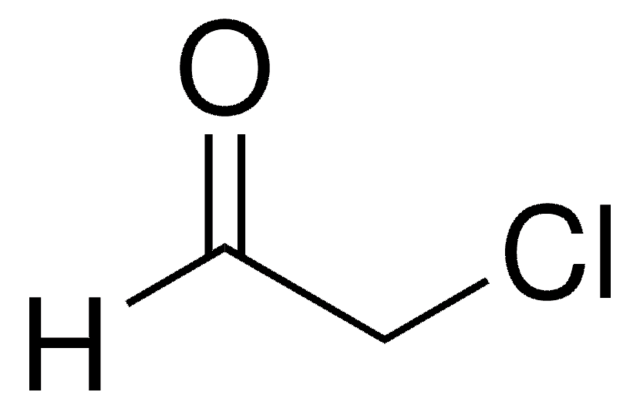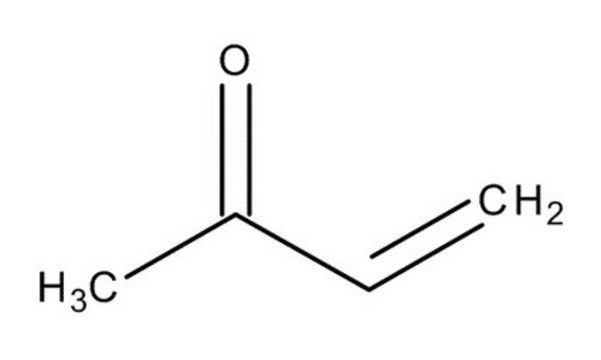01680
Acrolein
≥95.0% (as anhydrous, GC)
Synonym(s):
2-Propenal
About This Item
Recommended Products
vapor density
1.94 (vs air)
vapor pressure
4.05 psi ( 20 °C)
Assay
≥95.0% (as anhydrous, GC)
autoignition temp.
428 °F
contains
~0.2% hydroquinone as stabilizer
~3% water as stabilizer
expl. lim.
31 %
refractive index
n20/D 1.403 (lit.)
n20/D 1.403
bp
53 °C (lit.)
mp
−87 °C (lit.)
density
0.839 g/mL at 25 °C (lit.)
storage temp.
2-8°C
SMILES string
[H]C(=O)C=C
InChI
1S/C3H4O/c1-2-3-4/h2-3H,1H2
InChI key
HGINCPLSRVDWNT-UHFFFAOYSA-N
Looking for similar products? Visit Product Comparison Guide
Signal Word
Danger
Hazard Statements
Precautionary Statements
Hazard Classifications
Acute Tox. 1 Inhalation - Acute Tox. 2 Oral - Acute Tox. 3 Dermal - Aquatic Acute 1 - Aquatic Chronic 1 - Eye Dam. 1 - Flam. Liq. 2 - Skin Corr. 1B
Storage Class Code
3 - Flammable liquids
WGK
WGK 3
Flash Point(F)
-20.2 °F - closed cup
Flash Point(C)
-29 °C - closed cup
Personal Protective Equipment
Regulatory Information
Choose from one of the most recent versions:
Certificates of Analysis (COA)
It looks like we've run into a problem, but you can still download Certificates of Analysis from our Documents section.
If you need assistance, please contact Customer Support.
Already Own This Product?
Find documentation for the products that you have recently purchased in the Document Library.
Our team of scientists has experience in all areas of research including Life Science, Material Science, Chemical Synthesis, Chromatography, Analytical and many others.
Contact Technical Service